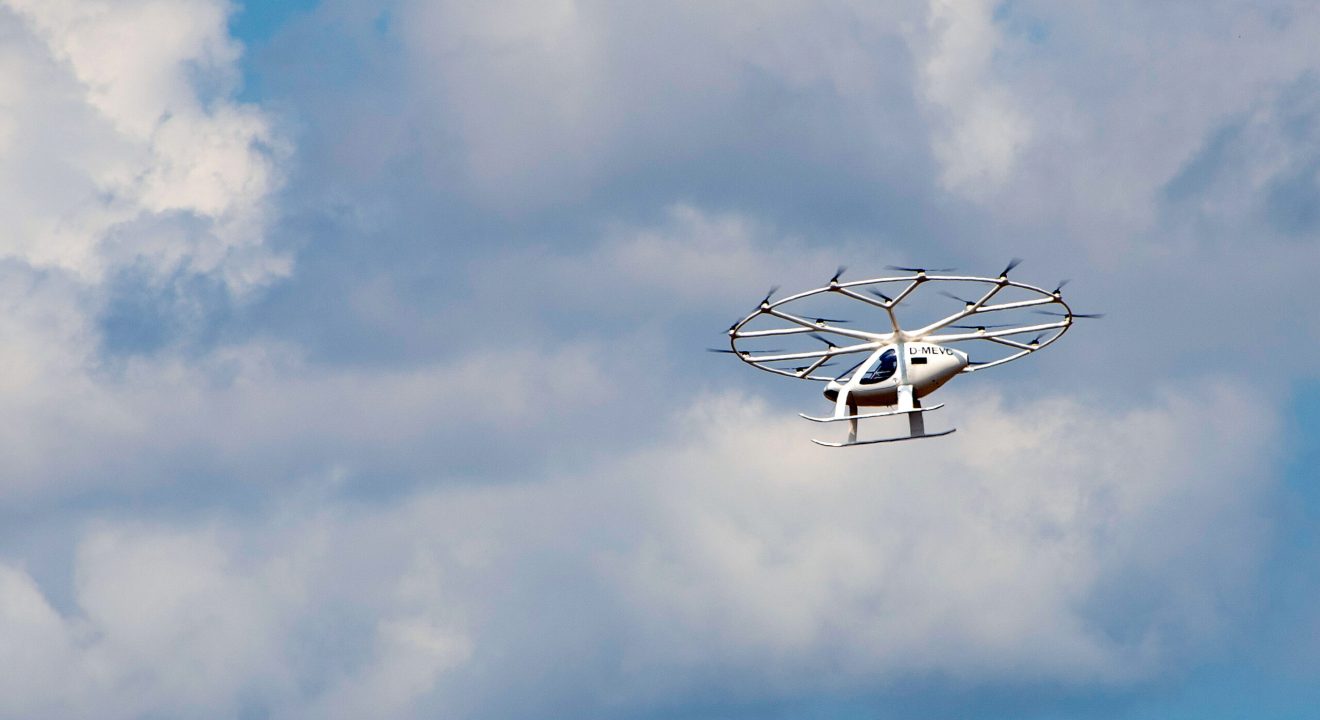Autonomous flight will transform how people move and travel, improving air mobility, connectivity, deliveries, and cargo transport. Within the next couple of decades, traveling by air taxis to destinations like work may become as common as driving.
Both crewed operations—aircraft with a pilot and crew onboard—and uncrewed operations—aircraft that have a ground-based operations manager and a remote pilot in command (RPIC)—depend on autonomous functions. Autonomy is essential for the safety and efficiency of this emerging aviation sector.
Advanced Air Mobility (AAM) aims to increase the number of shorter, low-altitude flights. Favoring uncrewed operations that emphasize ground-based roles will allow flight operators to manage multiple flights simultaneously, helping to realize this vision of AAM.
Ground-Based Autonomy in Uncrewed Operations
For uncrewed operations, decision making will eventually be transferred to autonomous systems, but human operators will remain in the loop to validate decisions. Communication, emergency management, and other onboard functions must be delegated to algorithms and sensors. As the RPIC and operations manager increasingly rely on advanced technology, their roles will shift to more of a monitoring capacity.
With no pilot or crew onboard, there is no need for crew changes. More aircraft can be available at once, and by easing the decision-making burden on flight operators, they will be able to manage and oversee multiple flights. Algorithms will optimize flight paths in real-time, resulting in shorter waiting times at vertiports. These factors combined will enhance the scale of AAM and lower costs, making flight more accessible and affordable.
Entry into Service of Advanced Air Mobility
Entry into Service (EIS) for AAM aircraft is anticipated in the coming years, as aircraft, airspace integration services, and regulatory approval frameworks are still being developed. Original equipment manufacturers (OEMs) are testing vehicles while extensive research continues in hybrid and electric propulsion and the incorporation of artificial intelligence (AI) in uncrewed operations. Training for flight operators will soon be implemented as well.
When the first uncrewed autonomous flights enter service, SkyGrid’s system will provide relevant data and information to flight operators to enhance situational awareness in the current airspace and operating environment. These early flights will likely carry cargo only, and once they are proven and trusted, passengers may be included too. The first vertiports will most likely be located at airports, with plans to expand locations throughout cities and urban areas.
After 2032, we aim to support highly automated decision making under Automated Flight Rules (AFR). We are currently developing algorithms to optimize all aspects of AAM operations and to support this level of decision making. Our system will offer services powered by AI and algorithms that make the passenger experience as smooth as possible. Flight Plan Validation will ensure that flight routes are efficient and avoid hazards. Traffic Synchronization will create schedules based on current flight traffic. Demand-Capacity Balancing will help optimize fleet use and reduce delays.
Regulatory Impact
EIS of AAM technology relies on regulatory approval since these new aircraft cannot fly or carry passengers unless certified. This encompasses components such as the aircraft, algorithms, third-party services, and digital systems. While ecosystem stakeholders play a role in informing regulators—like NASA Langley Research Center’s white paper on enabling early aircraft operations—it is these bodies’ responsibility to unify the air traffic system and update flight rules to integrate AAM into our skies.
The recent Executive Order regarding the acceleration of safe integration and commercialization of uncrewed aircraft systems and AAM underscores a roadmap for integrating civil unmanned aircraft systems (UAS) into the NAS, scaling U.S.-made airspace integration technologies for uncrewed aircraft, and establishing an eVTOL Integration Pilot Program (eIPP) to expedite real-world operational validation of next-generation mobility use cases such as cargo delivery and emergency response. Last month, a proposal by the U.S. Department of Transportation addressed the need to modernize the Air Traffic Control (ATC) system, an essential step in enabling highly automated airspace management.
While both are steps in the right direction, they must be matched by regulatory agility and timely action. Building a modern ATC system is foundational, but unlocking the full potential of AAM will require regulators to go further—by formally recognizing automation in flight rules, accelerating certification paths for autonomy-enabling systems, and establishing trusted frameworks for digital services. As the airspace grows more dynamic and complex, regulatory leadership must evolve in lockstep with technological innovation.
